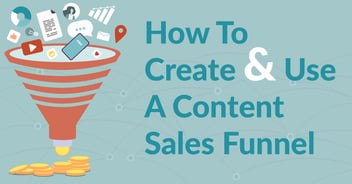Know Your Sales Funnel Stages
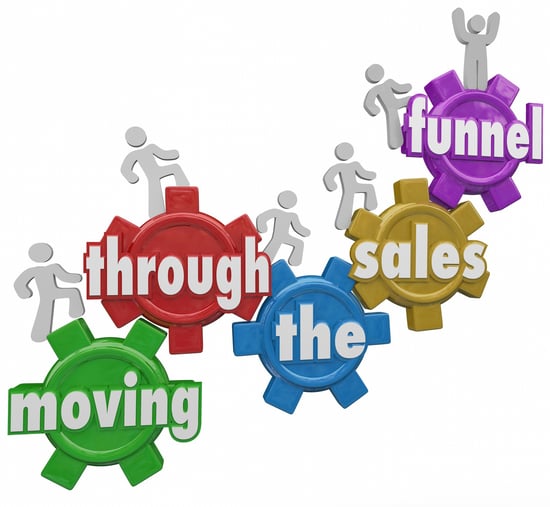
Whether you are filling a small container, ushering spectators into a stadium or moving leads toward the goal of a closed sale, a funnel (or similar device) comes in handy. It’s the best way to focus a large quantity into a smaller space.
Effective use of funneling in the marketing and sales world channels potential customers toward the point of making a purchase, including narrowing down which leads should—and which shouldn’t—be handed off to sales for more direct contact.
What does YOUR sales funnel look like?
Not every sales funnel, or buyer’s journey, is going to look the same. Industry, product or services offered, corporate structure and target markets will all influence precisely how your marketing and sales departments define their sales funnel stages.
In our ebook, The Complete Guide to Unifying Marketing & Sales, the example used by HubSpot looks like this:
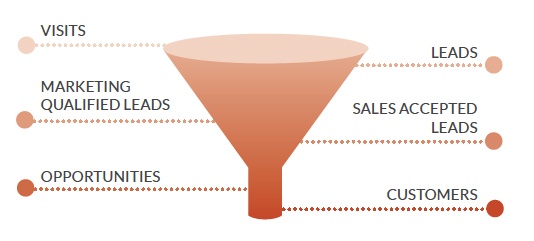 One of the most important steps is defining the point at which a lead is transferred to the sales department as a marketing qualified lead. Use the five general criteria in our lead qualification checklist to set the specific parameters your company will use to determine the tipping point at which sales takes over.
One of the most important steps is defining the point at which a lead is transferred to the sales department as a marketing qualified lead. Use the five general criteria in our lead qualification checklist to set the specific parameters your company will use to determine the tipping point at which sales takes over.
Another sales funnel, particularly one using inbound marketing and lead nurturing, might have stages more like this:
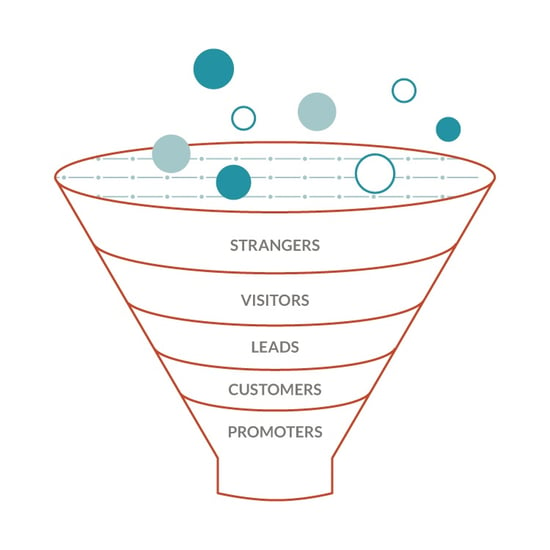
Here, “strangers” indicates individuals who might be searching online for information related to your company or products. “Visitors” are those who come to your website, through search or inbound links. “Leads” are those who have filled out a landing page form providing some level of contact information in exchange for an offer such as a coupon, ebook, or webinar.
If you were to refine and expand on this version, complete with the content you would use to reach prospects at all stages of the sales funnel, it might look like this:
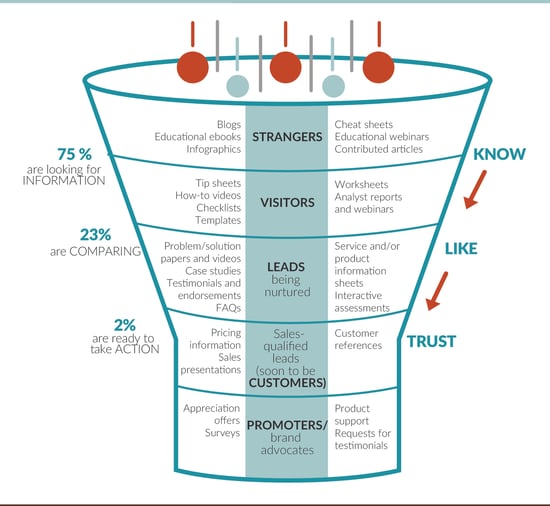
Not all concepts of a buyer’s journey need to be pictured as a funnel (though it does provide a useful visualization of the narrowing of both the number of individuals and the focus of attention). You can also think of how a potential buyer moves along a scale from “cold” to “hot.”

Cold leads aren’t ready to buy. Warm leads are trying to solve a problem. Hot leads are evaluating their options — now is the time for sales to step in.
It doesn’t matter what specific format your funnel takes. What matters is that marketing and sales agree on which stages each is responsible for handling.
Why do marketing & sales need to agree on this?
Did you know that 61 percent of marketers send all leads directly to sales? The result is that sales wastes most of their time on leads that aren’t ready to buy.
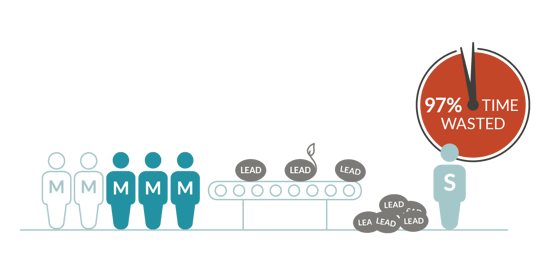
At the same time, if sales is not ready to step up once a hot lead is sent to them, opportunities may be lost.
Proper lead nurturing and lead qualification can lead to a higher sales closure rate and even larger purchases. Nurtured leads make 47 percent larger purchases than non-nurtured leads. (Click to tweet)
When sales and marketing are closely aligned and both departments understand how your company’s specific sales funnel is structured, everyone wins. Not only are leads handed off to sales at the right point in time, but the lead intelligence gathered by marketing through the nurturing process is passed along as well, increasing the information sales has available to help them close the deal.
Take the alignment even further by establishing clear goals for each department with a service level agreement. Here’s a step-by-step guide to using our calculator to create an agreement for your company.
Even with a mutual understanding of the sales funnel stages, lead qualification criteria, and a service level agreement in place, you may still be able to do more to unify your marketing and sales departments. Check out our complete guide to dive into closed-loop marketing, dashboards, reporting, and “smarketing” meetings.
-1.png?width=1652&height=294&name=Jones(RGB)-1.png)

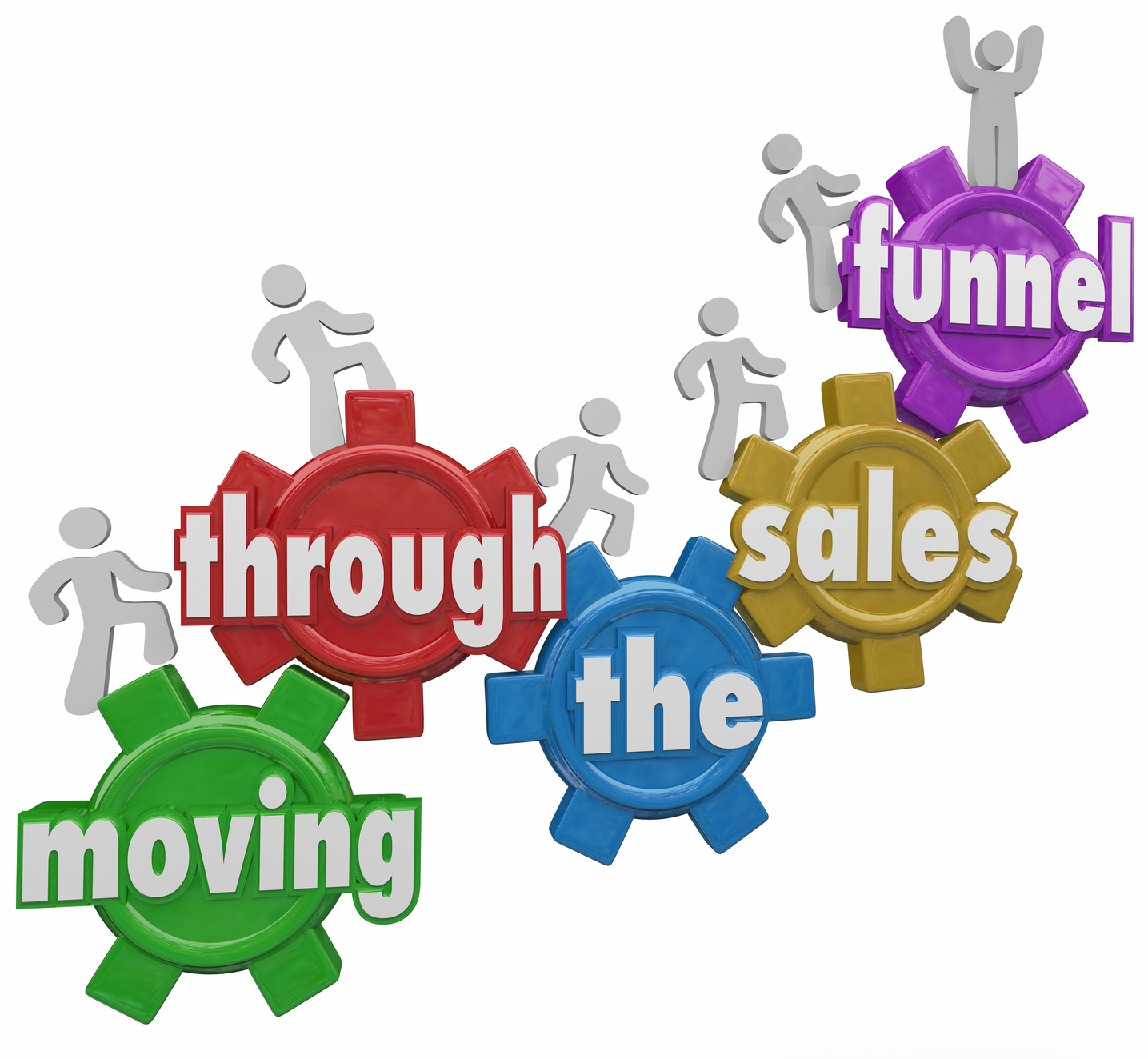






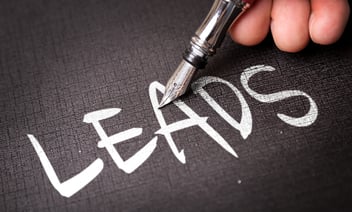
.png?width=352&name=Avoid%20The%20Headaches%20of%20Misalignment%20(Between%20Marketing%20%26%20Sales).png)
